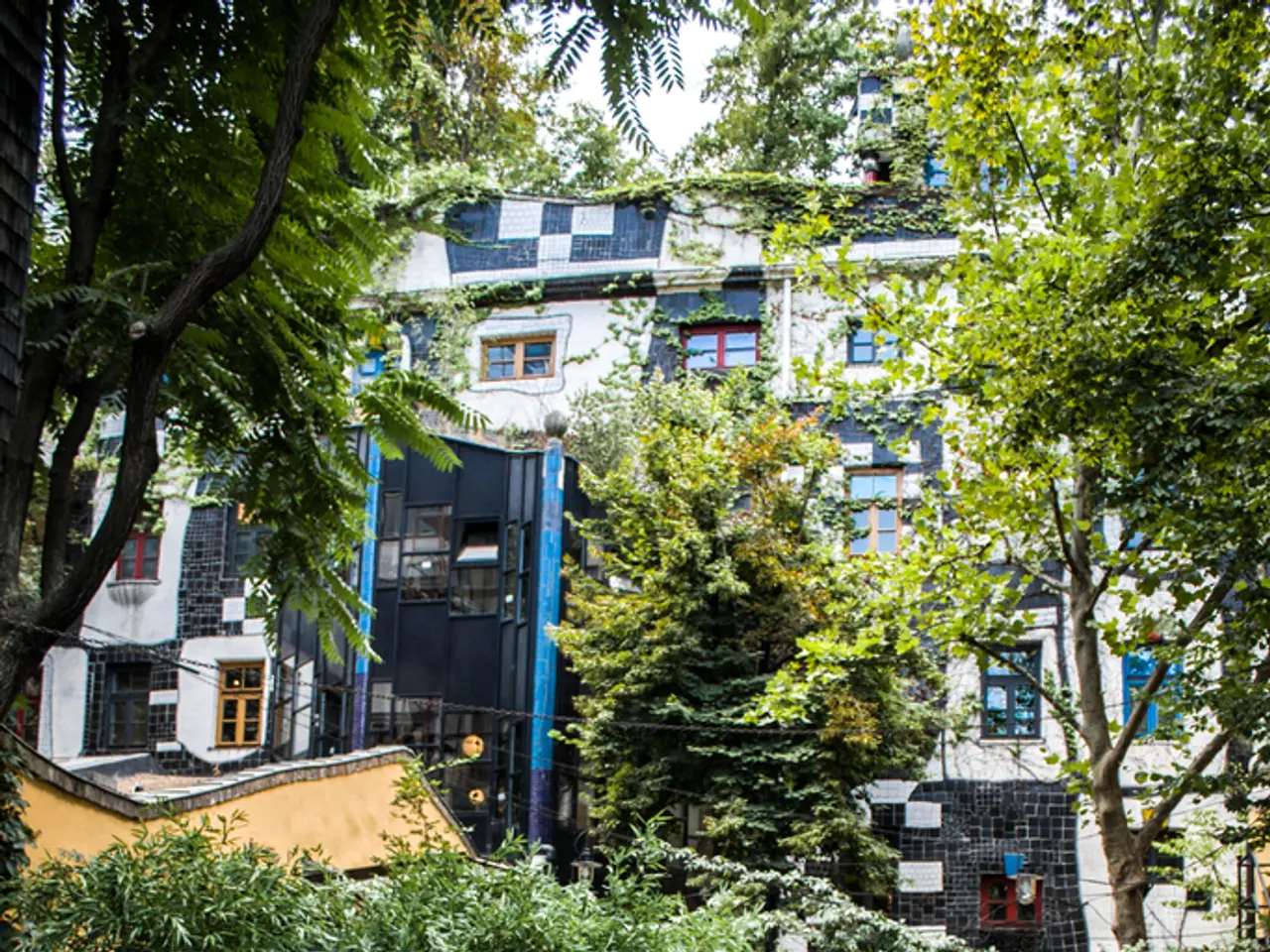Struggle in cooling homes: Domestic AC use contributes to global warming
Global Air Conditioning Demand Set to Double by 2050, Raising Environmental Concerns
The demand for air conditioning is surging worldwide, particularly in developing countries such as China, India, Indonesia, and several African nations. According to recent reports, the number of air conditioners in use is expected to grow from about 2.4 billion units in 2025 to 5.6 billion units by 2050 [1][3][4][5].
This growth is driven primarily by population growth and rising temperatures due to global warming. In China and India, which account for the majority of new demand, air conditioner numbers are expected to multiply several times over. India is projected to have around 1 billion units by 2050, a more than tenfold increase compared to today [1][3][5]. Indonesia is expected to see an eleven-fold increase between 2020 and 2050, while Mexico's units could increase six-fold in the same period [1][3]. African countries have much lower air conditioning penetration, with projected household AC rates increasing from very low levels today to only about 9-15% by 2050, well below the global average of 41-55% [2][5].
This rapid expansion raises major environmental and social concerns. Air conditioners consume large amounts of electricity, much of which comes from burning fossil fuels, releasing heat-trapping CO2. In built-up areas, air conditioners can exacerbate the urban heat island effect, raising temperatures by more than 1 degree Celsius at night [2][5]. Without swift action, planet-warming emissions from cooling could account for more than 10% of total emissions by 2050 [2].
However, access to air conditioning is crucial for health, reducing heat-related deaths, helping children study, and boosting workers' productivity. The UN, UNEP, and other organizations are involved in promoting energy efficiency and reducing emissions from air conditioning. Scientists are innovating less polluting refrigerants and new AC technologies that do not need refrigerants [2][5].
Attitudes towards air conditioning are beginning to change. Many people are seeing the importance of using passive cooling measures along with fans or air coolers, which can be enough to keep temperatures comfortable and is much cheaper. High-tech passive cooling innovations include solar-blocking smart glass and paints which radiate heat back into space [2][5].
Governments can drive change by introducing stricter energy performance standards, clear labelling to help consumers choose more efficient models, incentives to lower costs, and regulations to deter the dumping of old, polluting units in developing countries [2][5]. For example, Singapore launched a national campaign this year called "Go 25" to encourage residents to set AC temperatures in homes and offices to 25°C or higher to conserve energy [2][5].
In addition, some cities like Dubai, Doha, Paris, and Munich have adopted district cooling, which involves piping chilled water into multiple buildings such as offices and commercial premises [2][5]. India is considering setting the lowest temperature on new units to 20°C [2][5]. In Taipei, businesses risk fines if they cool rooms to below 26°C [2][5].
In 2021, two AC companies won a global competition to produce prototypes for residential units with five times less impact on the climate than standard models, but they are not yet commercially available [2][5]. Switching to more energy-efficient AC units would slash energy consumption - and CO2 emissions. Globally, the average new air conditioner sold is about half as efficient as the best available, according to the IEA [2][5].
Despite these concerns, air conditioning remains essential for many. It is a crucial tool for health, reducing heat-related deaths, helping children study, and boosting workers' productivity. The challenge lies in finding a balance between meeting this demand and minimising the environmental impact.
References:
[1] International Energy Agency (IEA) (2021). Energy Efficiency 2021. Retrieved from https://www.iea.org/reports/energy-efficiency-2021
[2] United Nations Environment Programme (UNEP) (2020). Cool Coalition. Retrieved from https://www.unep.org/coolcoalition
[3] United Nations Development Programme (UNDP) (2020). Cooling for All. Retrieved from https://www.undp.org/content/undp/en/home/sustainable-development-goals/goal-7/focus-areas/energy-efficiency/cooling-for-all.html
[4] United Nations Framework Convention on Climate Change (UNFCCC) (2021). Global Cooling Initiative. Retrieved from https://unfccc.int/process-and-meetings/the-convention/technical-support-convention/technical-support-convention-activities/global-cooling-initiative
[5] World Health Organization (WHO) (2021). Heat and Health. Retrieved from https://www.who.int/news-room/fact-sheets/detail/heat-and-health
- The surge in air conditioning demand, propelled by global warming and population growth, could lead to a significant increase in carbon emissions from burning fossil fuels, exacerbating climate change aligned with the United Nations Sustainable Development Goals (SDG).
- Scientific advances in environmental-science offer hope, with innovations in less polluting refrigerants and AC technologies that require no refrigerants, potentially reducing the environmental impact of the air conditioning industry.
- To address the financial aspects, governments can implement policies such as stricter energy performance standards, clear labelling for energy efficiency, incentives for purchasing more efficient models, and regulations preventing the dumping of old, polluting units in developing countries.
- In the realm of technology, an international competition has produced prototypes for residential units with five times less climate impact than standard models, highlighting the potential for energy-efficient solutions to address climate change.
- With the forthcoming climbing demand for air conditioning, striking a balance between health and productivity needs and environmental sustainability becomes a critical challenge for the 21st century, one that requires the cooperation of government, finance, industry, technology, and science.




